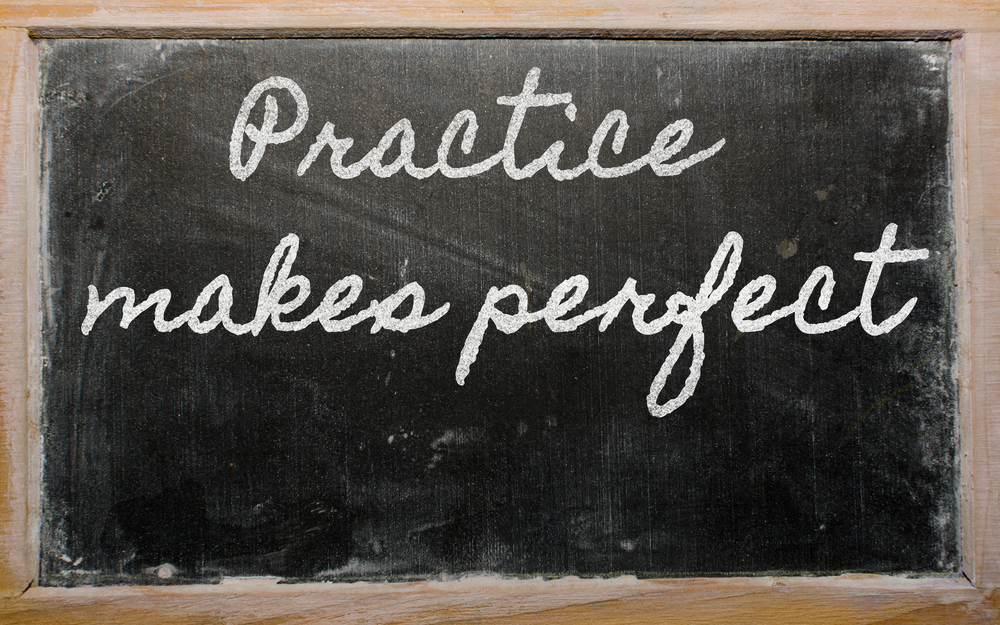The written word is still undoubtedly one of the best ways to create brand awareness. Even with the world digitizing, written word continues to dominate and supplement other forms of content creation. That’s why it’s crucial for brands to know how to create reads that tap audience attention for increased traffic. To help you out, here are tips for writing on your site and getting readers. 
1. Understanding your demography
Before creating content, it’s essential to research on what your reading demography like. In your search you will discover their itched questions, what’s googled most, the particular tone they are interest in and structure most are accustomed to. Based on these findings, you can draft a unique yet captivating read that addresses their concerns in a way that reach out to them most.
2. Be Keyword specific
The best way to attract readers to your site is by optimizing keywords in your content. This way, whenever, they query search engines like Google, your website can rank first. Keywords are terms that identify specifically to the search queries of your writing demography.
3. Content readability
With the number of mobile readers increasing by the day, it’s essential to create content that can be skimmed through easily. Avoid un-meaningful long paragraphs full of fluff and carrying more than two concepts. Instead, use short paragraphs that are brief and direct. Maximize of sub-topic use as it makes readability easier.
4. Incorporate infographics in your reads
Unless you are doing a white paper on a specific topic, it’s always best to add pictures and videos to your text. They break the monotony of writing and help with an illustration of what is being said. It’s also proven sites that make use of infographics in their content structure are more likely to attract readers than those that don’t. Make use of the four mention tips to increase readers on your site.
 One technique is to find a compelling narrative to get your point across. People connect more easily to stories than they do to dry pages of information. An example here might be Laura Hillenbrand’s
One technique is to find a compelling narrative to get your point across. People connect more easily to stories than they do to dry pages of information. An example here might be Laura Hillenbrand’s  There are lots of things to consider when creating an online tutorial. The first aspect is to make sure that you have chosen a topic that you know a lot about and have a new insight into that other people are likely to find useful. Make sure that the information in your tutorial is very clear and easy to follow. A good way to do this is to have a friend who knows nothing about the topic you are explaining read through the tutorial and see if it makes sense to them. You should break down your information into short individual steps so that the information is not overwhelming to your readers. These steps can also be illustrated with photographs. These photographs will help to break up the text and will also help to present the information in another way. Remember that many people are visual and are likely to be able to understand the tutorial more easily if photographs are included. This will also be a boon for people who are reading the tutorial in a second language. The last thing to consider is to make sure that your tutorial is entertaining. Even if the topic that you are describing is rather dry, injecting a little humour will help your audience to connect with it better.
There are lots of things to consider when creating an online tutorial. The first aspect is to make sure that you have chosen a topic that you know a lot about and have a new insight into that other people are likely to find useful. Make sure that the information in your tutorial is very clear and easy to follow. A good way to do this is to have a friend who knows nothing about the topic you are explaining read through the tutorial and see if it makes sense to them. You should break down your information into short individual steps so that the information is not overwhelming to your readers. These steps can also be illustrated with photographs. These photographs will help to break up the text and will also help to present the information in another way. Remember that many people are visual and are likely to be able to understand the tutorial more easily if photographs are included. This will also be a boon for people who are reading the tutorial in a second language. The last thing to consider is to make sure that your tutorial is entertaining. Even if the topic that you are describing is rather dry, injecting a little humour will help your audience to connect with it better.
